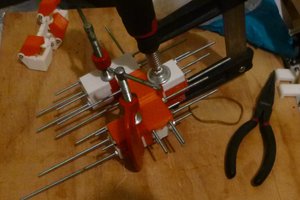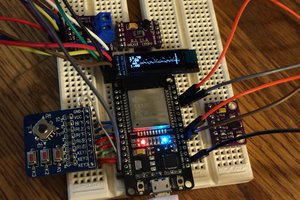Problem
Microfibers are produced with combination of polyester and polyamide at most common ratio of 80:20 respectively. The polyester attracts dirt and oils while polyamide gives the structure of the fiber strand and water absorbing capability. Viewed under microscope, microfiber cross section looks like a star with 8 polyesters and 1 polyamide. This star shape allows the microfiber to trap micro particles up inside the fiber pulling it away from surface. This is because the polyester and polyamide are made to have air gap for trapping the particles. In order for the microfiber to collect micro particles it is very critical that there need to be surface friction between the microfiber and the surface carrying the micro particles. But since there is nothing that can keep the polyester in the microfiber strand during surface friction, it detaches easily from the structure. A small surface contact between a certain body and microfibers result in release of massive number of tiny bits of polyester because a single strand of micro fiber contains 8 strands polyester. As each strands of polyester are detached from the microfiber strand they are becoming big problem to the environment and the more polyester are detached from the microfiber the less effectiveness it has to trap dust, virus or other particles. This is the first big problem in microfiber crisis of the world and redesigning the structure of the microfiber is solving the microfiber pollution of the world.
Solution
This project is about solving the release of tiny polyesters strands from microfibers by redesigning the microfiber strand structure. The new structured microfiber strand has same shape and volume of polyamide with current microfibers but the polyester is changed. Instead of using 8 separate strands of polyester in one microfiber strand, this design has 16 separate strands of polyester in the one microfiber strand with the same total volume. On this design the one segment of the polyester is half the size or volume of the one polyester strand in the current microfiber strand. One side of each segment of the polyester are attached with the one side of the polyamide to keep each strand of the polyester intact in case of any surface friction with objects while maximizing the capacity of the microfiber strand to hold and store micro particles like virus in their structure as seen in the figure. The attachment between the polyamide and the polyester does not require any additional chemical process except omitting an oil separation method that will make them apart. This will solve the microfiber pollution caused by the detachment of polyester due to surface contact because both the polyester and polyamide will be an item and as long as the whole strand of the microfiber do not cut away, the polyester will remain in the structure of the microfiber. In order to get the desired structure of the microfiber strand, the molding structure also needs to be modified as seen in the figures.
The process of producing the microfiber begins by melting down polyester and polyamide pellets in separate vats. At this stage the liquid polyester and polyamide vats are pushed or extruded simultaneously through jet moldings that contain 72 pie shaped segments. Each pie shape contains 16 segments of polyester and eight segments of polyamide. The jet molding will force one side of each polyester be attached with one side of the polyamide by boundary mixing. The seventy-two pie shapes combine to create one...
Read more » Anteneh Gashaw
Anteneh Gashaw
 Nelson Phillips
Nelson Phillips

